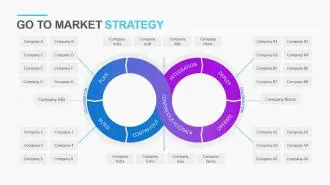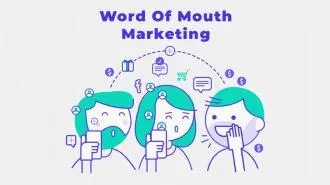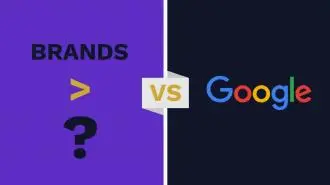Summary / TL;DR
A marketing campaign is a strategic, time-bound initiative designed to promote a product, service, or message and drive specific business goals such as brand awareness, customer engagement, lead generation, or sales. Effective campaigns blend multiple channels—social media, content marketing, email, and paid ads—and rely on clear objectives, deep audience understanding, and compelling messaging. This guide outlines key steps for success, including goal setting, selecting the right platforms, budget planning, and performance optimisation using data analysis. It also explores the difference between campaigns and a long-term brand strategy, and features case studies from brands like Coca-Cola, Apple, and Dollar Shave Club to illustrate successful execution.
Marketing campaigns really are the heart of a successful business strategy. They’re what drive brand awareness, customer engagement, and boost revenue.
Let’s explore how marketing campaigns can benefit your business and the steps to craft one using insights from different sources. We’ll also showcase examples from well-known brands to spark your creativity.

What is the concept of types of Marketing Campaigns?
A marketing campaign is a coordinated and strategic effort by a business or organisation to promote its products and services or convey a unique message. Marketing campaigns, including social media marketing efforts, aim to achieve specific business goals. These could increase brand awareness, improve customer engagement, or drive sales. They often involve a combination of different marketing channels: social media, email marketing, content marketing, and paid advertising.
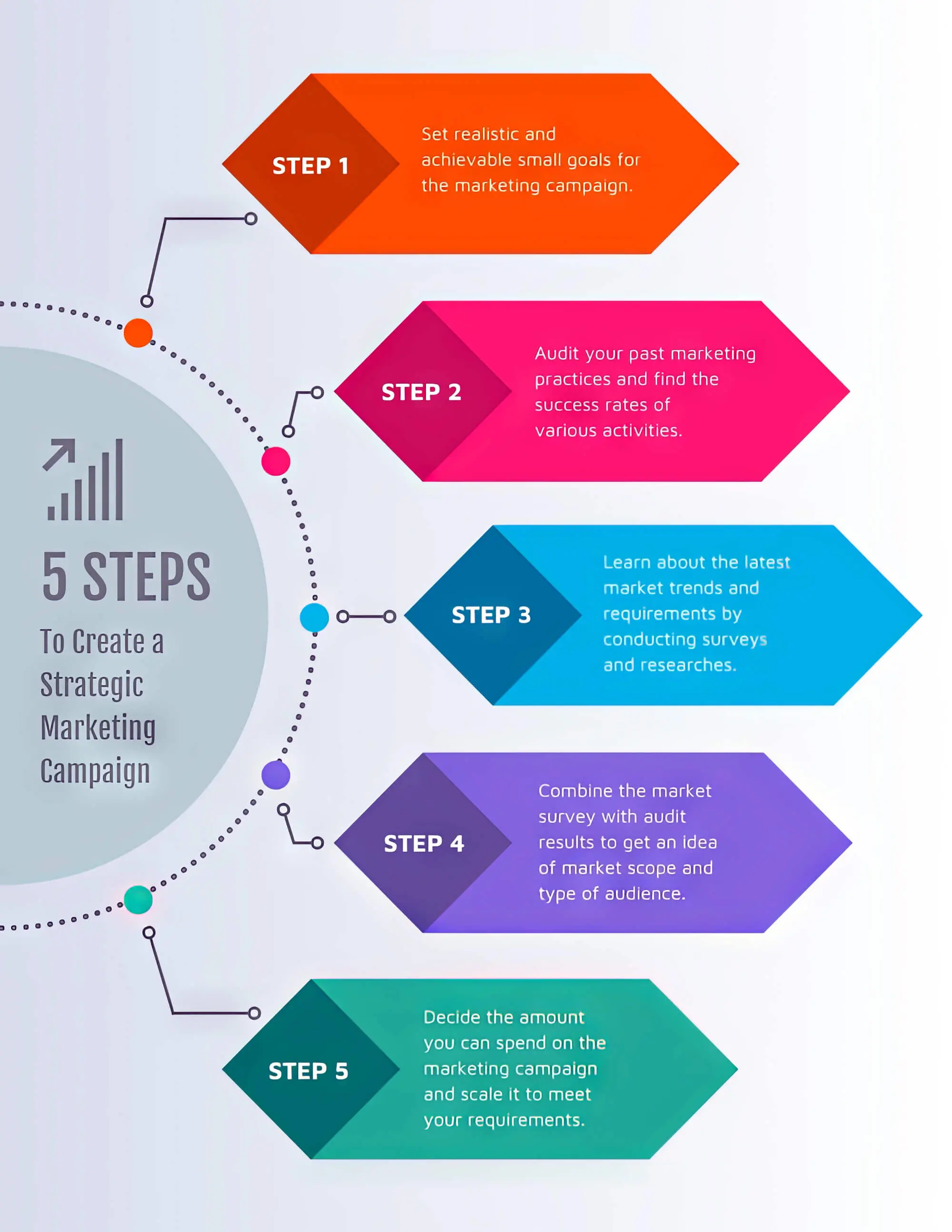
Good marketing efforts need smart budget planning to boost ROI. Looking at past campaign results and current trends helps in deciding the right budget for each marketing channel.
Additionally, real-time monitoring and campaign data analysis during campaign execution allow marketers to make modifications in real-time, improve strategies, and guarantee that the campaign stays on track to fulfil its objectives.
Want to receive updates? Sign up to our newsletter
Each time a new blog is posted, you’ll receive a notification, it’s really that simple.
Why are Marketing Campaigns Important?
Marketing campaigns are essential for several reasons:
1. Brand Awareness
A well-executed brand awareness campaign can significantly boost brand visibility and recognition, increasing customer trust and loyalty. For example, Coca-Cola’s “Share a Coke” campaign effectively increased brand awareness by featuring consumers’ names on bottles, making the product more personal and shareable.
Utilising a logo maker in creating or revamping a brand’s visual identity can play a crucial role in enhancing brand recognition and ensuring consistency across all marketing materials, further amplifying the impact of such campaigns.
2. Customer Engagement
Marketing campaigns enable businesses to Interact with their current customers in a way that generates curiosity, evokes emotions, fosters connections, and more. Apple’s product launches, for instance, generate immense customer engagement through live events, social media buzz, and exclusive sneak peeks.
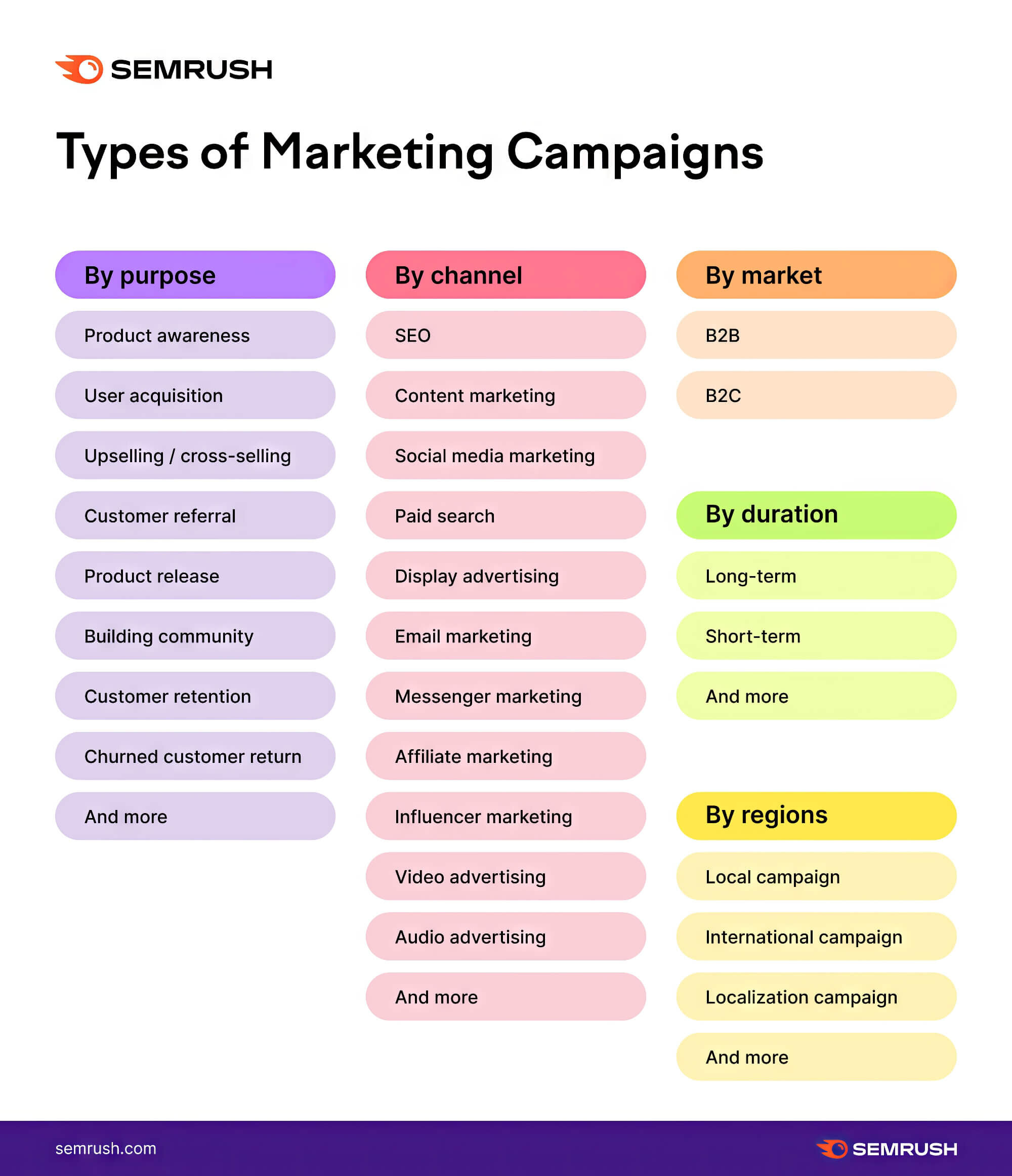
3. Lead Generation
By promoting products or services through targeted marketing campaigns, businesses can attract potential customers and convert them into paying customers. HubSpot’s Inbound Marketing team launches campaigns that provide valuable content, such as ebooks and webinars, in exchange for contact information, facilitating lead generation.
4. Revenue Growth
Effective marketing campaigns do more than drive sales; they boost bottom lines, foster loyalty, and enhance a brand’s value. Take Amazon’s Prime Day—it’s a standout example of a campaign that brings in huge revenue through exclusive member deals.
Difference Between Marketing Campaign and Brand Strategy
Although closely related, marketing campaigns and brand strategy serve distinct purposes within a company’s overall marketing efforts. Marketing campaigns are coordinated, strategic initiatives focused on promoting a specific product, service, or message for a limited time. They target specific goals like increasing brand awareness, driving sales, generating leads, improving conversion rates, and utilising different marketing channels.
On the other hand, brand strategy is the long-term plan for developing and maintaining a company’s brand identity, values, and overall image in the minds of consumers. It is about the whole aspects of a business, including its mission, target audience, core values, and messaging.
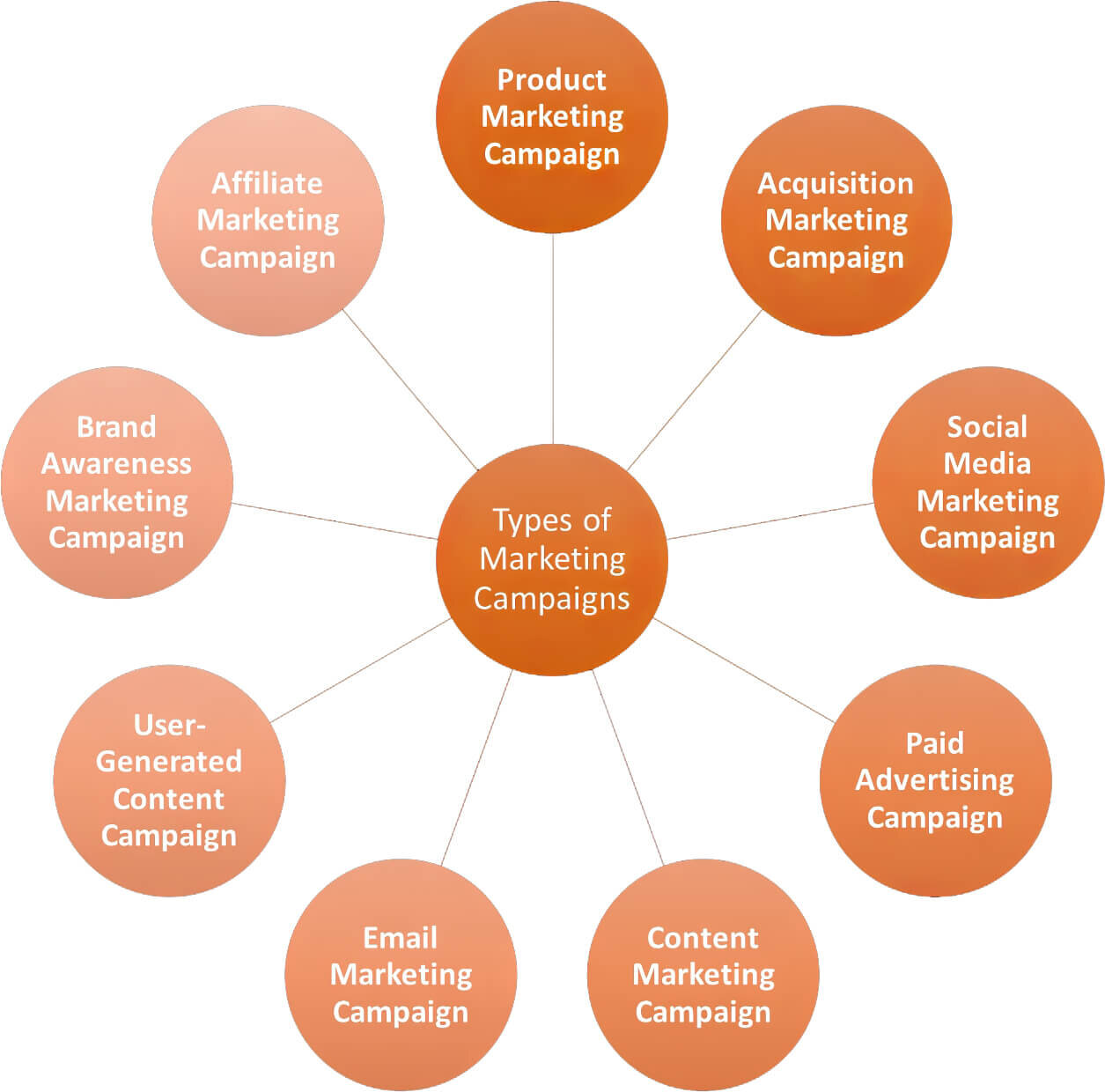
While marketing campaigns contribute to the brand strategy by reinforcing the brand’s message and driving specific objectives, the brand strategy serves as the foundation and guiding force behind every marketing campaign a company launches. Understanding these aspects that businesses need to know can assist when creating a marketing plan and create cohesive, effective marketing plans that drive both short-term and long-term success.
How is Advertising Related to Marketing Campaigns
Advertising is an integral component of marketing campaigns, serving as one of the many tools businesses use to communicate their message to the target audience. While marketing campaigns encompass a broader range of activities, advertising, like Google Ads, is a specific tactic that involves creating and placing promotional messages through various media channels to reach potential customers.
Marketing campaigns aim to achieve specific business goals, from boosting brand awareness to generating leads. They often mix different tactics like content marketing, social media, email, public relations, and advertising to achieve these goals.
Advertising plays a significant role in marketing campaigns by enabling businesses to effectively showcase their products or services and persuade potential customers to take action.
Various advertising formats, such as print ads, online display ads, radio commercials, and television spots, can be incorporated into a marketing campaign alongside paid media strategies.
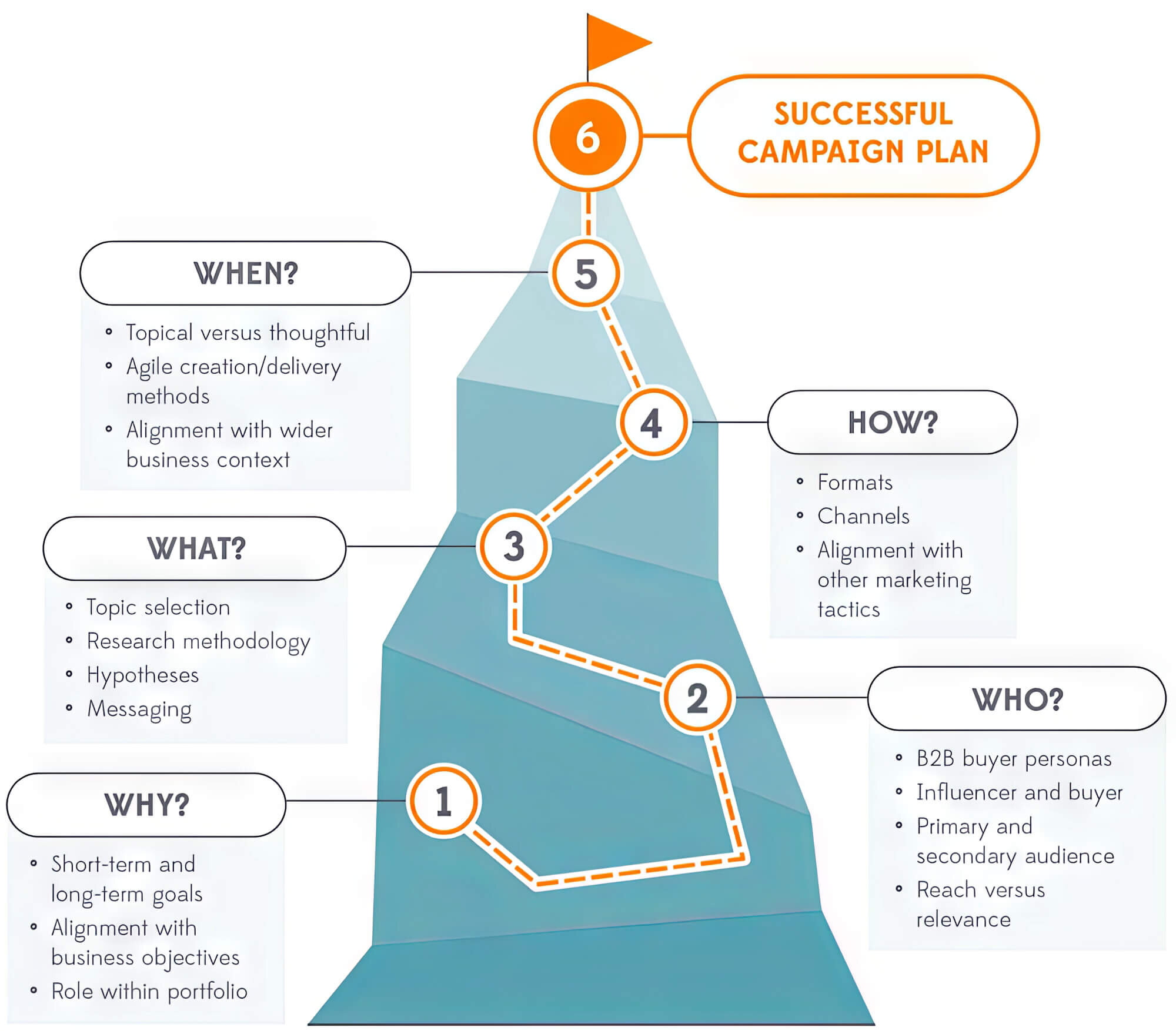
How to Create an Effective Marketing Campaign Plan
1. Set Clear Goals
Determine the objectives and campaign goals of your marketing plan and how you will measure success, whether it’s increasing brand awareness, driving sales, or generating leads. Establish measurable goals to track progress and assess the success of the campaign. For example, Airbnb set a goal to increase bookings in a new market, resulting in its successful “Live There” campaign.
Another example is the “Shot on iPhone” campaign by Apple, which aimed to showcase the exceptional camera quality of their iPhones. They encouraged users to submit photos taken with their iPhones, ultimately proving the device’s capabilities and driving sales. By setting clear goals and understanding the purpose of your campaign, you can effectively measure its success and make adjustments as needed.
2. Identify Your Target Audience
If you know who will read or view your message, you can create the right marketing message that resonates with them. Define their demographics, preferences, and pain points. For instance, Nike’s “Just Do It” campaign targets athletes and sports enthusiasts by speaking to their desire for achievement and self-improvement.
Identifying your target audience on a deeper level enables you to build marketing campaigns that connect and create a strong emotional connection, making your brand or product stand out and attractive in their eyes.
Another example is Gillette’s “The Best a Man Can Get” campaign, which targets men by appealing to their sense of masculinity and personal grooming habits. By understanding your audience’s preferences and pain points, you can create a more focused marketing campaign that effectively communicates your message.
3. Develop a Compelling Message
Creating a unique and persuasive marketing message is crucial for engaging your target audience. Dove’s “Real Beauty” campaign challenges societal beauty standards and promotes body positivity by featuring diverse, everyday women in their ads. Similarly, Always’s “Like a Girl” campaign sought to redefine the phrase “like a girl” and empower young women, showcasing their strength and resilience while promoting the brand’s feminine hygiene products.
Crafting a compelling message that speaks to your audience’s needs and emotions can help your brand connect with consumers on a deeper level, driving engagement and loyalty.
4. Choose the Right Marketing Channels
Selecting the most appropriate marketing platforms is essential for maximising the reach and effectiveness of your campaign. Social media, email, and websites can be combined to publish your content marketing or paid advertising, depending on your target audience’s preferences and habits. For example, Old Spice’s “The Man Your Man Could Smell Like” campaign became a viral sensation primarily through YouTube and social media.
The Dollar Shave Club’s launch video gained immense traction on YouTube and social media platforms, driving significant traffic to their website and increasing subscriptions. Identifying the right channels will help you get to your audience where they are most active and engaged, boosting the impact of your marketing efforts.
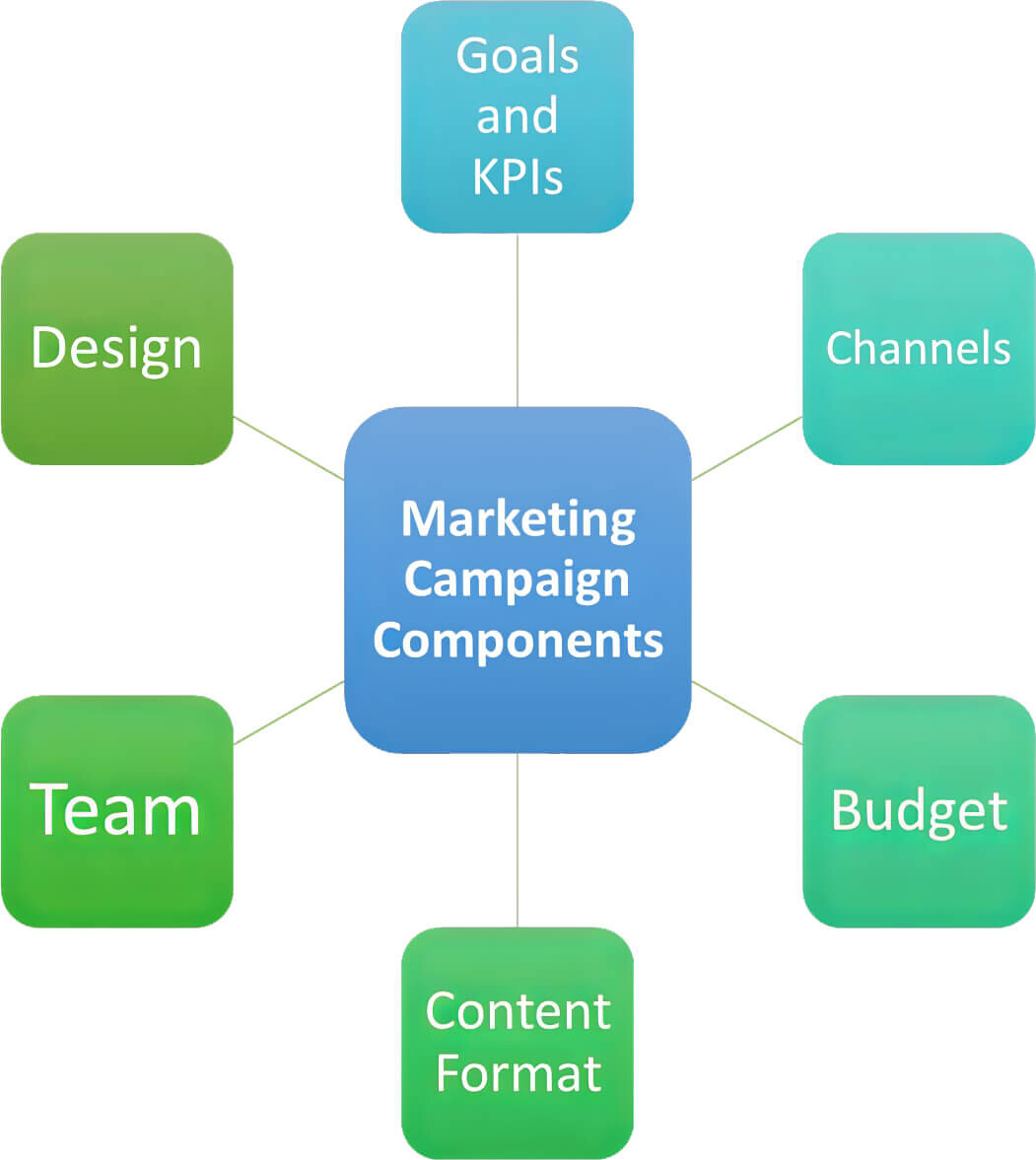
5. Create Engaging Content
Creating engaging and shareable content is key to a winning marketing campaign. This content can include blog posts, videos, or infographics. Just look at Red Bull—their thrilling sports videos and documentaries connect deeply with their adventurous audience.
Similarly, GoPro capitalises on user-generated content by encouraging customers to share their own thrilling experiences captured using GoPro cameras. This effectively showcases the product’s capabilities and engages with its target audience. Creating content that aligns with your marketing message and goals can foster lasting connections with your audience.
6. Allocate a Budget
Determining your campaign budget is important to achieving your set goals and desired ROI. Analyse your expenses and then customise your budget as per the result. This is to maximise return on investment (ROI). For example, small businesses can leverage low-cost or free platforms, such as social media and content marketing, to maximise their budget and reach their target audience effectively.
Klaviyo is another example of a company that provides affordable email marketing services for businesses launching a new product or service, enabling them to reach their audience without breaking the bank. You can optimise your marketing efforts for maximum impact by allocating and managing your budget effectively.
7. Monitor and Optimise
Analysing your marketing campaign metrics using tools like Google Analytics is crucial for ongoing success. Analyse the results, make necessary adjustments along the way, and optimise the campaign according to the results of your analysis. For instance, after the initial success of the “Dilly Dilly” campaign, Bud Light continued to create new ads and social media content that capitalised on what the campaign needs were, emphasising the phrase’s popularity to keep the campaign fresh and engaging.
We also have Netflix, which continuously analyses user data to refine and optimise its marketing strategies. They target subscribers with personalised content and recommendations based on their viewing habits. By closely monitoring and optimising your campaign, you can ensure that your marketing efforts remain effective by establishing metrics to track and be relevant to your audience, whether through digital channels or direct mail.
8. Evaluate Campaign Success
Assessing the success of your marketing campaign based on your pre-defined goals and key performance indicators (KPIs) is essential for understanding its impact and informing future marketing efforts. Use this information to improve and refine your strategies. LEGO’s turnaround story is a prime example of evaluating past marketing efforts and adapting its strategy to focus on its core audience of children and adult fans, resulting in significant growth.
Moreover, the “Share a Coke” campaign by Coca-Cola successfully increased sales by inviting consumers to find bottles with their names on them and share them with friends. By evaluating the success of your campaign and learning from its performance, you can continuously improve and grow your marketing efforts.
Samples of Well-Received Marketing Campaigns
1. Dollar Shave Club: “Our Blades Are F***ing Great” (2012)

Dollar Shave Club is a subscription service for grooming and shaving products. It was founded by Michael Dubin and Mark Levine, with a solid search engine presence in 2011. The duo aimed to challenge established razor brands with their affordable and convenient alternative. In 2012, they launched their first marketing campaign, a low-budget video featuring Dubin humorously discussing the company’s products and business model.
The video went viral on YouTube, garnering over 26 million views and attracting over 12,000 new subscribers within 48 hours, demonstrating its immediate appeal to a global audience and its profound influence on the brand’s exposure and client base. In an interview with Inc., Dubin said,
“The goal of the video was to make an impression and make people laugh, but also to show how inexpensive and easy it is to use our service, showing what it could look like for a typical customer.”
2. Squatty Potty: “This Unicorn Changed the Way I Poop” (2015)
Squatty Potty is a company that produces a toilet stool designed to help users achieve a more natural, ergonomic position during bowel movements. To market their product, Squatty Potty created a quirky and amusing video featuring a unicorn demonstrating the benefits of using their stool. The video, created by the Harmon Brothers, became a viral sensation, garnering over 100 million views across multiple platforms.
Talking to Forbes about the success of the unicorn video, CEO and co-founder Bobby Edwards mentioned,
“The video allowed us to connect with consumers in a way that wasn’t just about a product, but about a concept and an idea. It allowed us to start a conversation about something people didn’t want to discuss before.”
3. Slack: #SlackStories (2015-ongoing)
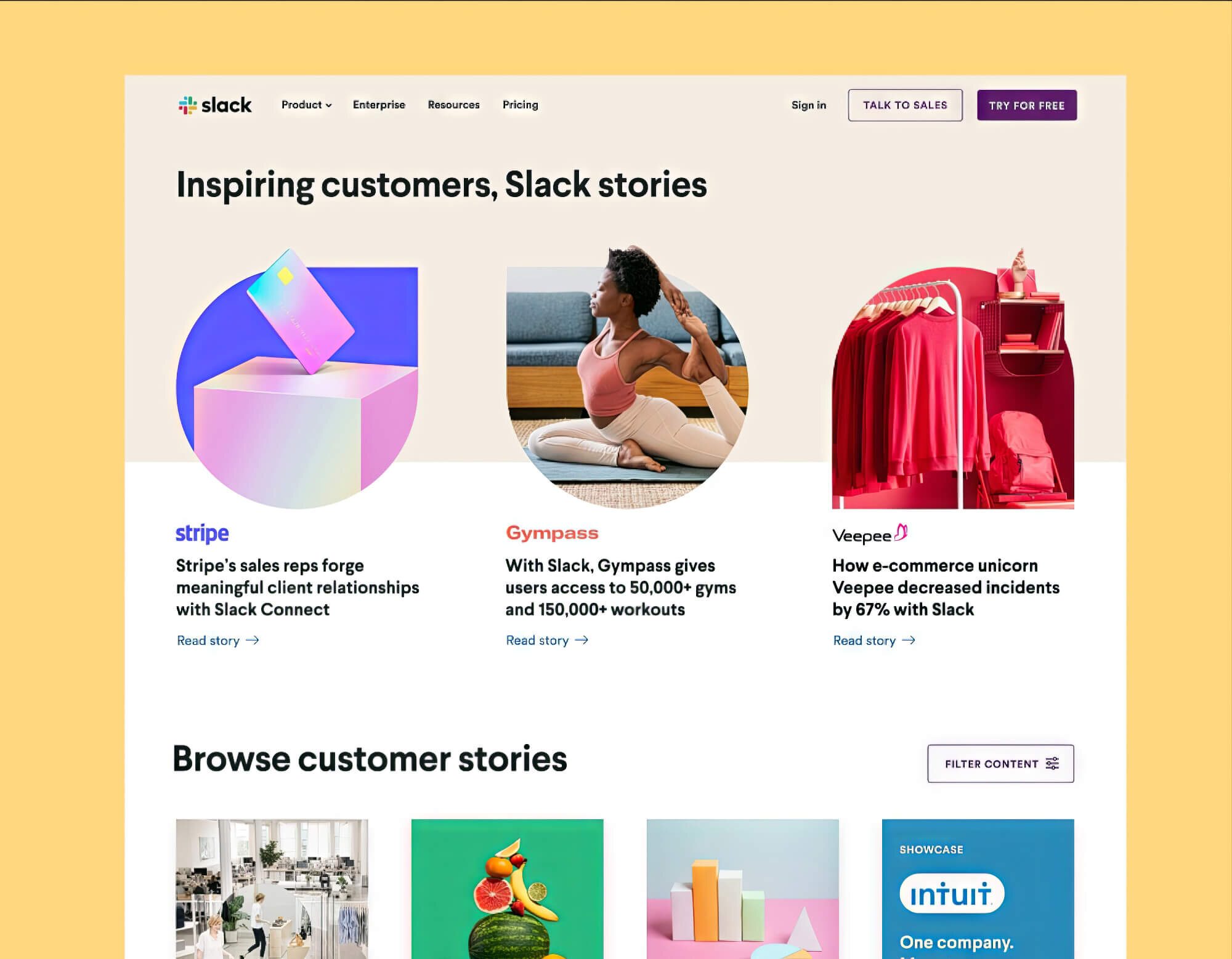
Slack, launched by Stewart Butterfield in 2009, quickly grew thanks to its powerful word-of-mouth strategy. Instead of standard adverts, they highlighted how different organisations used Slack to enhance communication and collaboration through content marketing.
Slack’s content-driven strategy helped it to organically create a dedicated user base, with professionals ranging from startups to multinational corporations utilising the platform. As a result, Slack has become a model for how a well-executed content marketing strategy can launch a new product, drive growth and alter how businesses interact and work in today’s digital world.
In an interview with Fast Company, Butterfield shared his thoughts on Slack’s marketing approach:
“Our marketing has always been about showing people what’s possible with Slack, which often means telling the stories of our customers. We believe that when people see how others use Slack to solve their unique problems, they will be inspired to imagine how it could work for them, thus boosting organic traffic.”
4. Gymshark: Influencer Marketing (2012-ongoing)
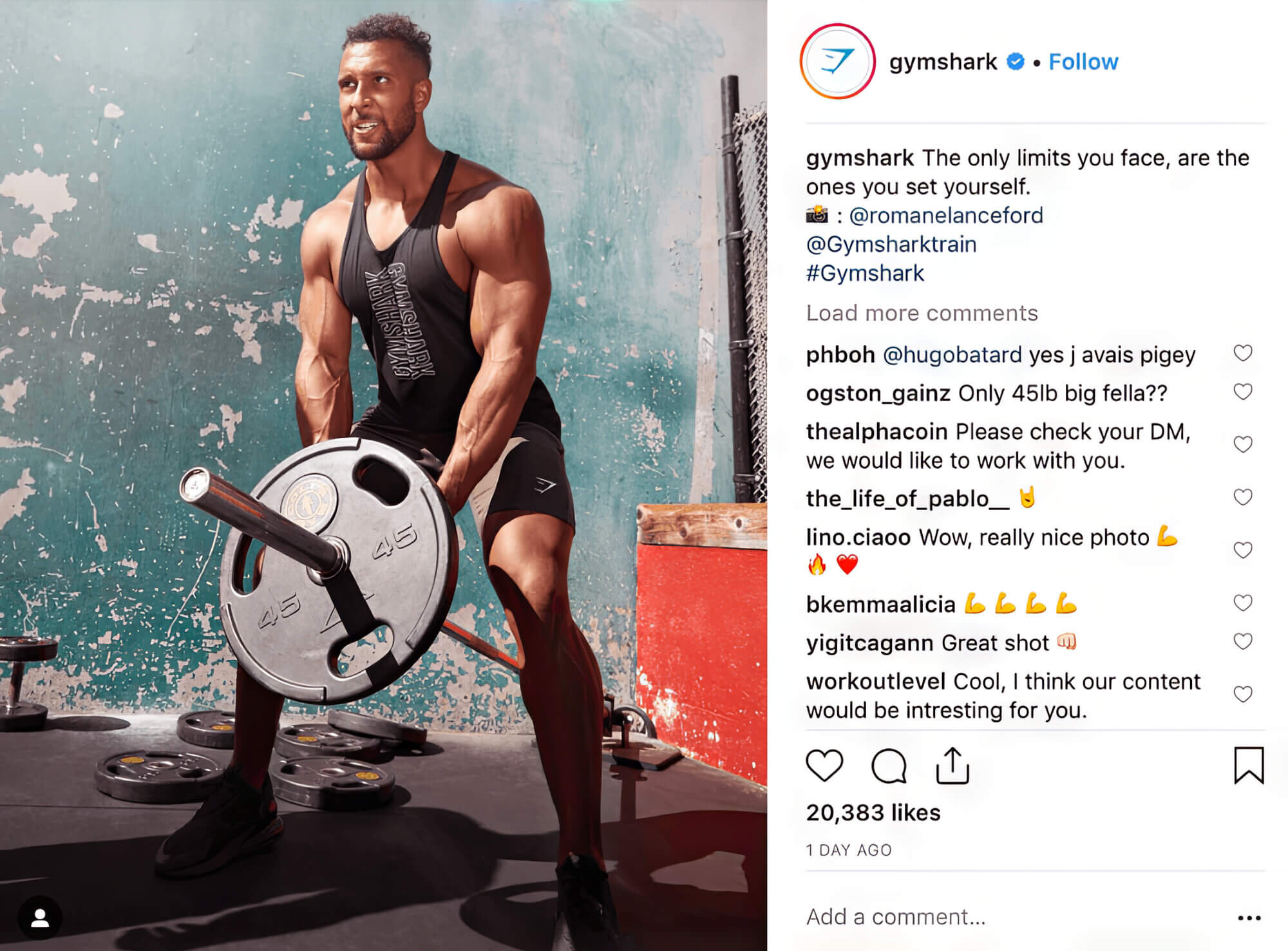
Gymshark was started by Ben Francis in his garage while still a teenager. The UK-based fitness apparel brand focused on leveraging social media influencers to build brand awareness and credibility.
By partnering with well-known fitness personalities and sponsoring their content, Gymshark was able to reach its target audience and rapidly grow its customer base.
Discussing the influencer marketing strategy with The Guardian, Founder Ben Francis said,
“Gymshark has grown so quickly because of social media, particularly our athletes and influencers. They are the key to our success, allowing us to reach a global audience and grow our community.”
5. HelloFresh: User-Generated Content (UGC) (2012-ongoing)

HelloFresh, a meal kit delivery service founded in 2011 by Dominik Richter, Thomas Griesel, and Jessica Nilsson, has used user-generated content to boost its marketing efforts. By encouraging customers to share their meal preparation experiences on social media using the hashtag #HelloFreshPics, the company has collected and showcased authentic content from satisfied customers.
In an interview with TechCrunch, CEO and co-founder Dominik Richter explained the importance of user-generated content for HelloFresh:
“We love it when our customers share their experiences with our meal kits on social media. It helps us understand their preferences, gather valuable feedback, boosts brand engagement, and encourages new users to try our service.”
Unleash the Power of Effective Marketing Campaigns
Designing an effective marketing campaign is critical to any business’s growth strategy.
By setting clear goals, identifying your target audience, developing a compelling message, choosing the right marketing channels, creating engaging content, allocating a budget, and continually monitoring and optimising your campaign, you can create a marketing campaign that drives brand awareness, customer engagement, and revenue growth.
As discussed in this article, drawing campaign ideas from the successes and strategies of well-known brands can provide valuable insights and inspiration for your marketing efforts.

